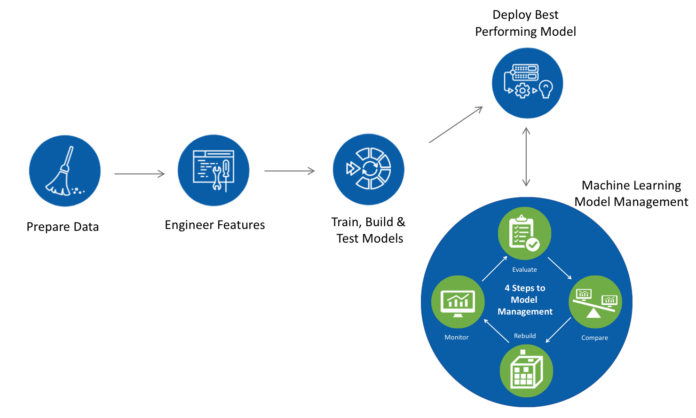Machine learning is of those exciting fields of study which gives machines the ability for learning and improving their accuracy at the prediction of outcomes. It overlaps with and receives ideas from AI and many other related technologies. In these days machine learning is evolving from pattern recognition and also the concept such that computers gain the ability to learn without the added efforts of programming them for performing a specific task. Machine Learning algorithms can easily recognize spoken words, data mining and also application building which learns from data, this also enables them to improve their accuracy over time.
Generative Machine Learning Model
The generative model is often considered as a class of statistical models that can are capable of generating new data instances. This model is typically used for estimation of probabilities, and also used for modelling data points and even distinguishing between classes based on these various probabilities. As they often rely on Bayes theorem, generative models do have the ability to tackle many complex tasks than the prevalent analogous discriminative models. Generative modelling is also used in many unsupervised machines learning as a means for describing phenomena in data and enables computers in easy understanding of the real world.
Examples of generative models are:
- Naïve Bayes or Bayesian networks
- Gaussian Mixture Model (GMM)
- Hidden Markov model
- Linear Discriminant Analysis (LDA)
Discriminative Machine Learning Model
Discriminative model refers to a class of models used in statistical classification, especially in supervised machine learning. Also known as conditional models, generative modelling learns the boundary between classes or labels in a dataset. It tends to model the joint probability of data points and can create new instances using probability estimates and maximum likelihood. Unlike the generative models, discriminative models have the advantage of being more robust to outliers.
Examples of discriminative models are:
- Logistic regression
- Support vector machine
- Decision tree
- Random forests
The generative model tries to model how data is placed throughout the space, while discriminative models attempt to draw boundaries in the data space. Generative modelling contrasts with discriminative modelling, which recognizes existing data and can be used to classify data. Generative modelling produces something and discriminative modelling identifies tags and sorts of data.
Follow and connect with us on Facebook, Linkedin & Twitter

